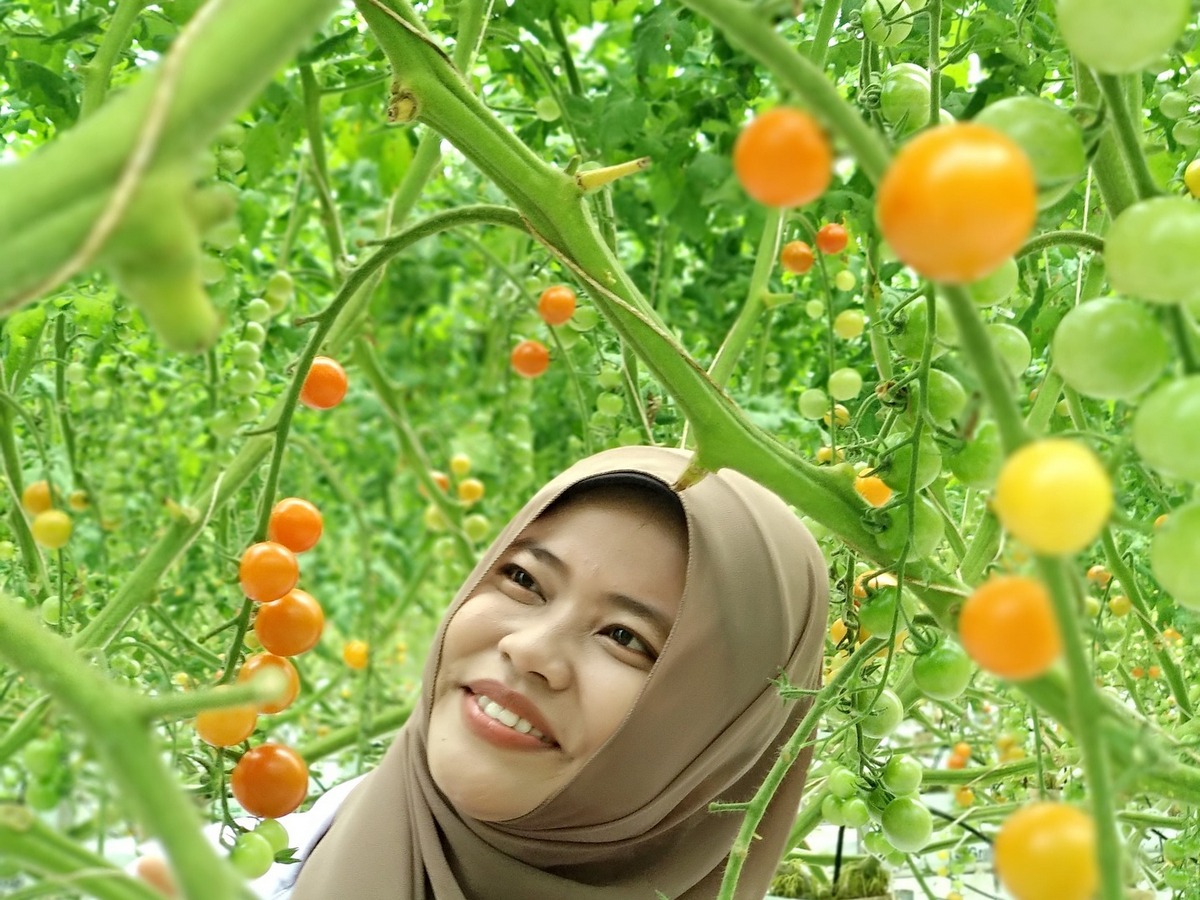City farming is a promising trend in agriculture, where products (vegetables, berries, herbs) are grown in the city and not outside it. This is a global trend: this approach provides huge savings on logistics and resources, which is very important for overpopulated areas. Reducing costs reduces the cost of production, not to mention the fact that people get to eat fresh vegetables and herbs that have not traveled thousands of kilometers to get to the customer’s table.
Today, most people in the world live in cities, and the UN predicts that by 2050, 86% of all residents of developed countries will live in them. And the number of fertile land decreases annually. In just a couple of decades, resources will be in short supply, and it will become increasingly difficult to provide megacities with fresh produce. Therefore the governments of many countries are adopting special programs to prevent this problem. New technologies will come to the aid of people – including the ability to grow plants year-round directly in the cities, saving expensive resources. This phenomenon has been called
city farming.
Vertical farms: saving on everything
One solution is vertical farms, which organize the production of plants without soil. Such systems already exist in many large metropolitan areas: vertical farms are placed in basements or on the roofs of buildings.
This is how they grow herbs, cherry tomatoes, strawberries, radishes – something small that does not grow high up and is placed on limited height shelves.
These products can be produced nearby and delivered to the consumer in 2-3 hours, saving on logistics and resources.
City farming: greenery on rooftops
The concept of city farming emerged in 2012 in Singapore, where a system of vertical gardening was first used to create a farm on the roof of a skyscraper. Today, many advanced countries with high population densities have adopted this approach.
And some companies have even made it a separate line of business. For example, the agribusiness giant Panasonic got into the business: they create tiered vertical farms in empty rooms, but they use
not hydroponics, but soil.
There are different approaches to city farming. Vertical farms grow vegetables, berries, salads and spicy herbs. Of the total greens, about 40% are microgreens.
Bioponics is when organic rather than mineral fertilizers or chemicals are used. There’s also aquaponics, a closed-loop system for growing fish and plants that combines aquaculture and hydroponics.
Ideally, city farming solves several problems:
1) saves resources;
2) it saves space by tiering;
3) the yield of vegetable crops will not depend on weather (external) conditions and human factors.
The result – more affordable natural foods produced close to home. Without intermediaries’ markups and extra charges for transportation.
